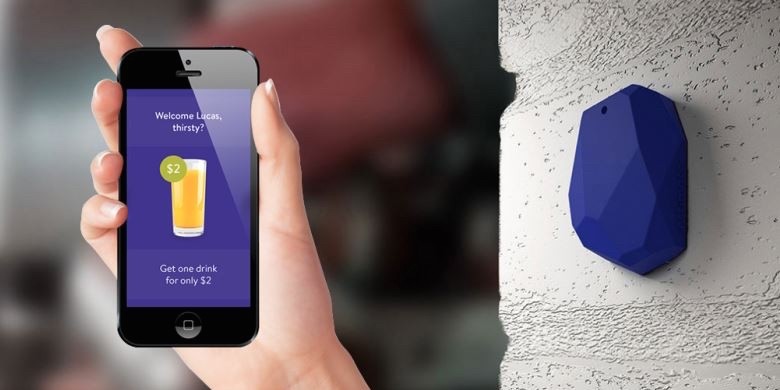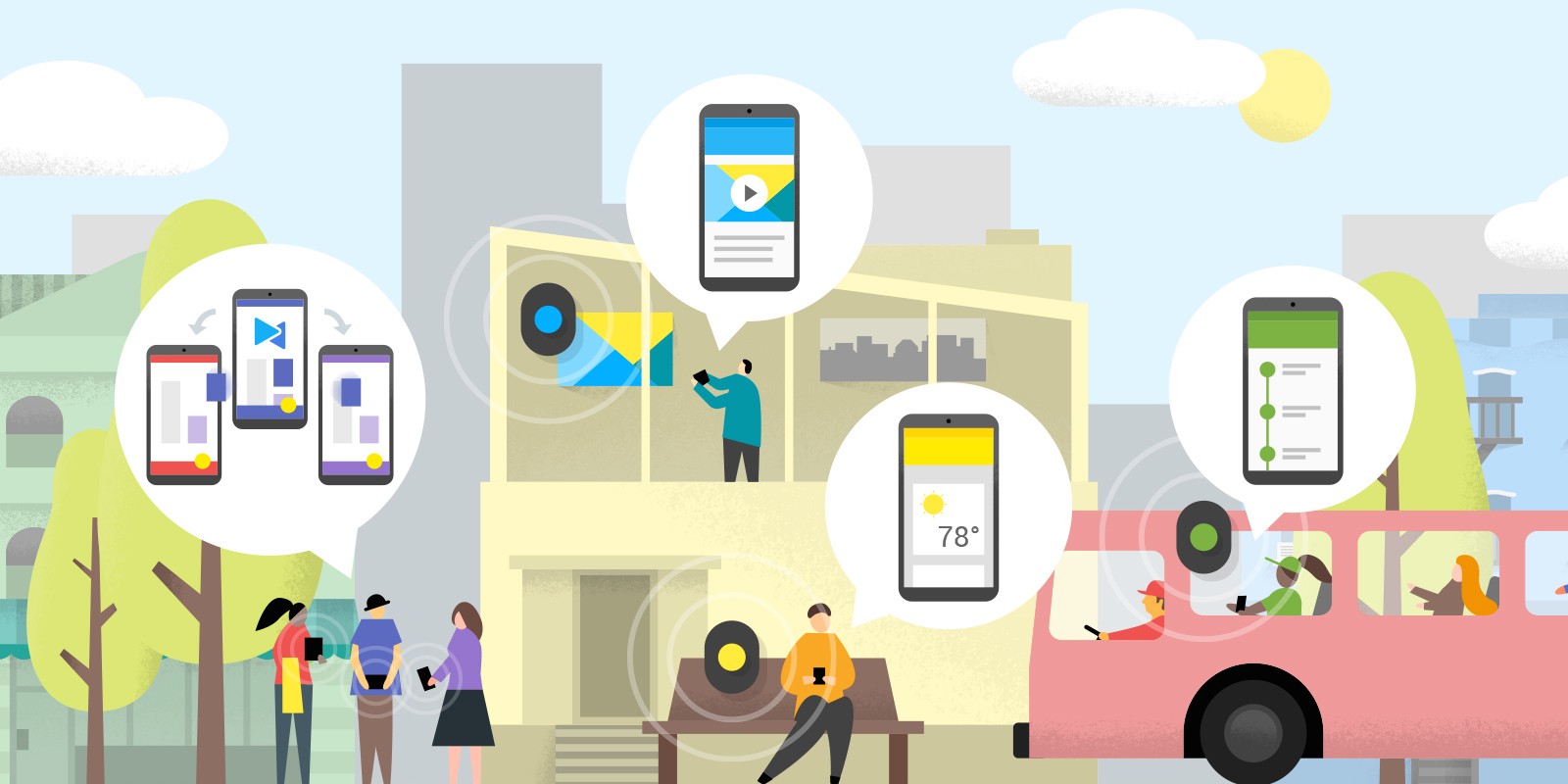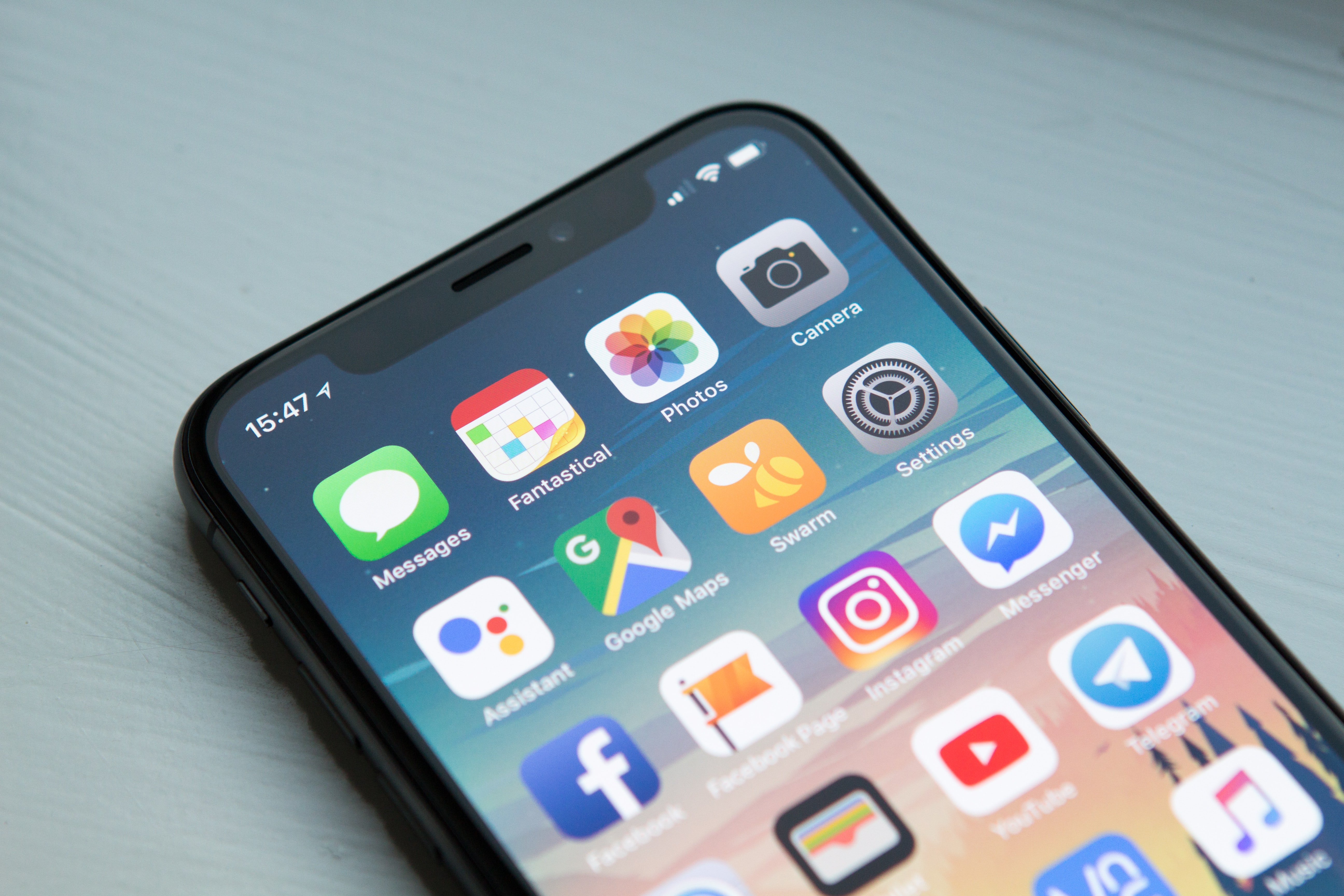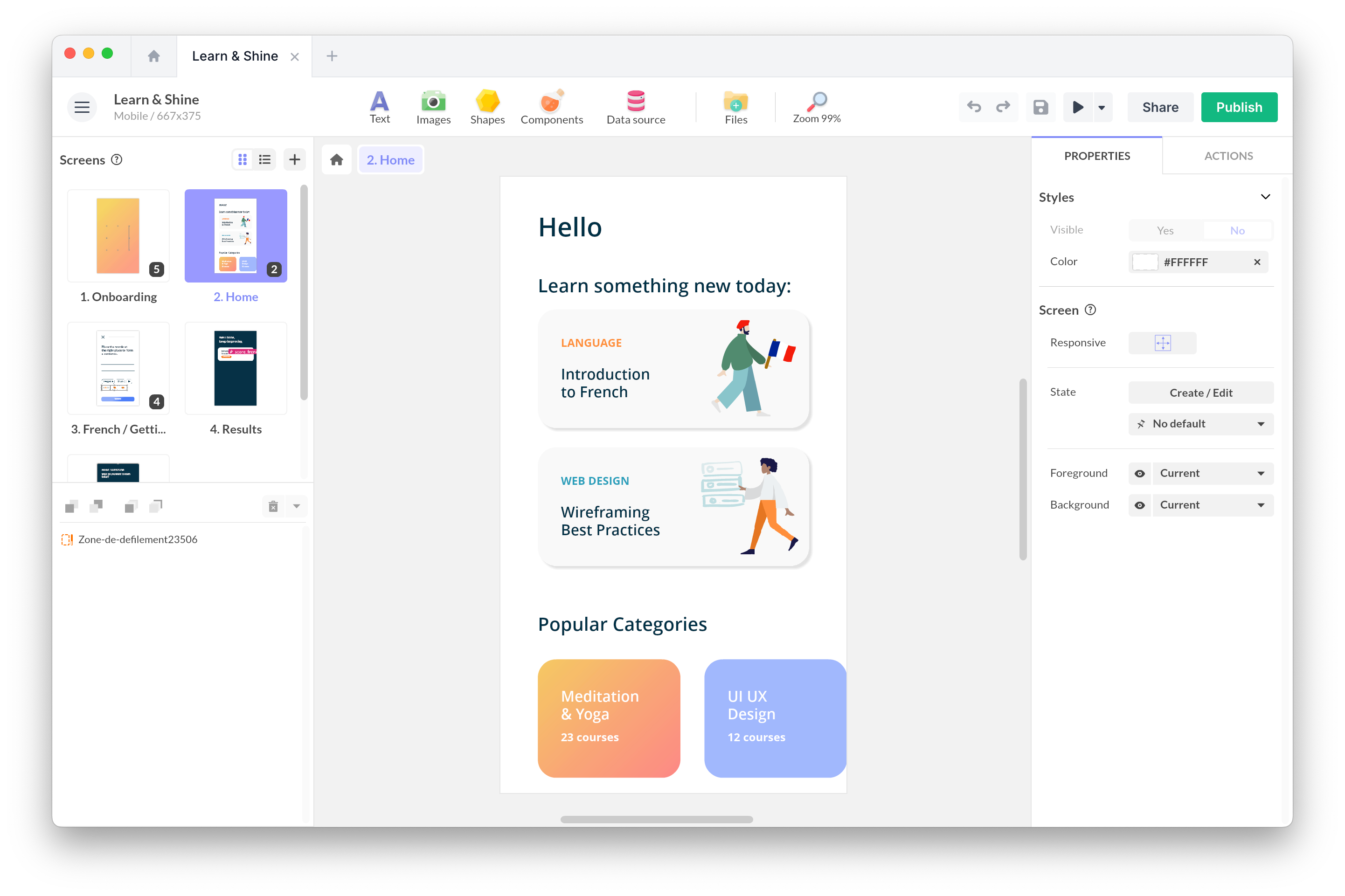Wed, Jan 25, 2017
How to Build Connected Devices with Bluetooth Low Energy (BLE)

In today’s world, the buzz around connected objects and the Internet of Things (IoT) is growing louder. These innovative smart devices are set to transform our daily lives, with promises of fridges that restock themselves, plants that communicate with us, and much more. However, beyond these futuristic ideas, there is a lesser-known yet equally groundbreaking application of wireless technologies—enabling communication between devices, smartphones, and tablets. This capability opens up new possibilities for teaching, gaming, and creating immersive event experiences by allowing devices to interact at close range.
What is Bluetooth Low Energy (BLE)?
You don’t need a robot to revolutionize your everyday life—just check your pocket! Your smartphone likely features Bluetooth Low Energy (BLE) technology, a key player in the world of connected devices. BLE is designed for devices that require low data rates and long battery life, making it perfect for smartphones and beacon tags.
With BLE, your device can continuously transmit signals that are detected by other nearby devices. Now, with the new PandaSuite BLE component, you can create actions triggered as soon as these signals are recognized.
Real-World Applications of BLE
But why should you use this feature? While the full potential of tomorrow’s applications is yet to be realized, here are a few compelling possibilities that we find particularly exciting.
The “Remote Control”

Following the rise of virtual reality, a new trend in events is emerging—offering participants unique and personalized experiences.
Imagine large video walls where participants can broadcast content. With BLE, you can develop “remote control” terminals that allow participants to control the displayed content using simple tablets integrated into the booth. This creates an interactive and engaging experience that is tailored to each individual’s preferences.
Multi-Device Gaming
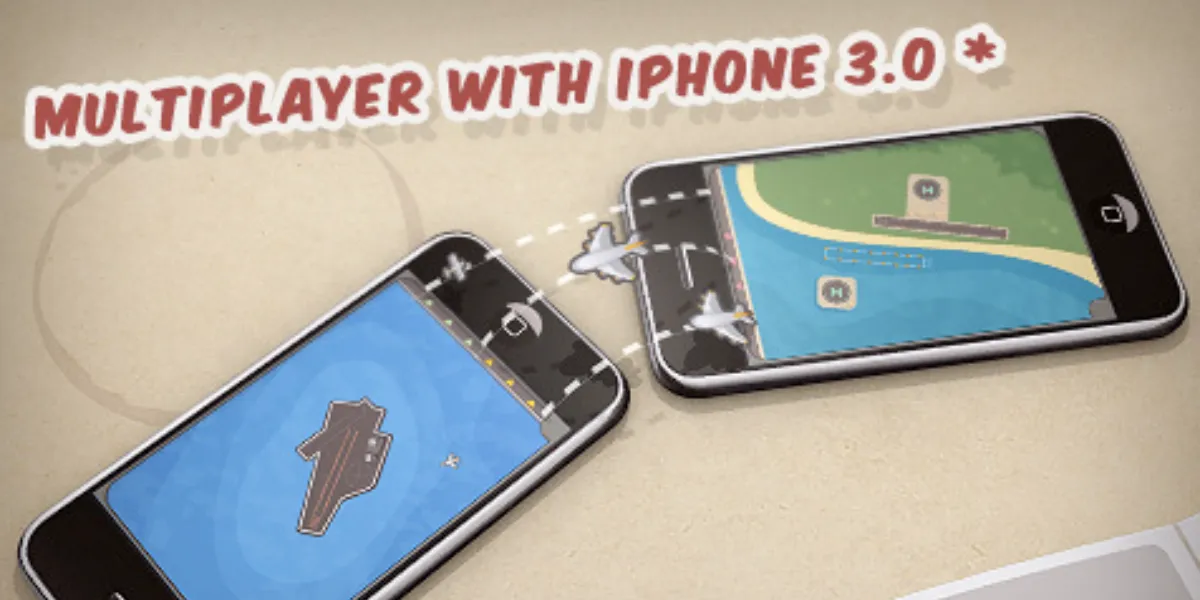
What if you could take gaming beyond individual screens? With device-to-device communication, it’s easy to implement multi-player and cross-platform features (tablet, smartphone, etc.) that deliver stunning interactive effects.
This is perfect for on-the-go gaming, such as playing on a train, as it only requires two devices without needing an internet connection!
Interacting with Urban Infrastructure

Urban infrastructure is increasingly incorporating Bluetooth technology to send contextual information to nearby mobile devices. Some installations also feature interactive screens.
With a bit of creativity, you can design smartphone apps that interact with these screens, delivering a unique and engaging street marketing experience.
Engaging with Audiences (Participants, Students)
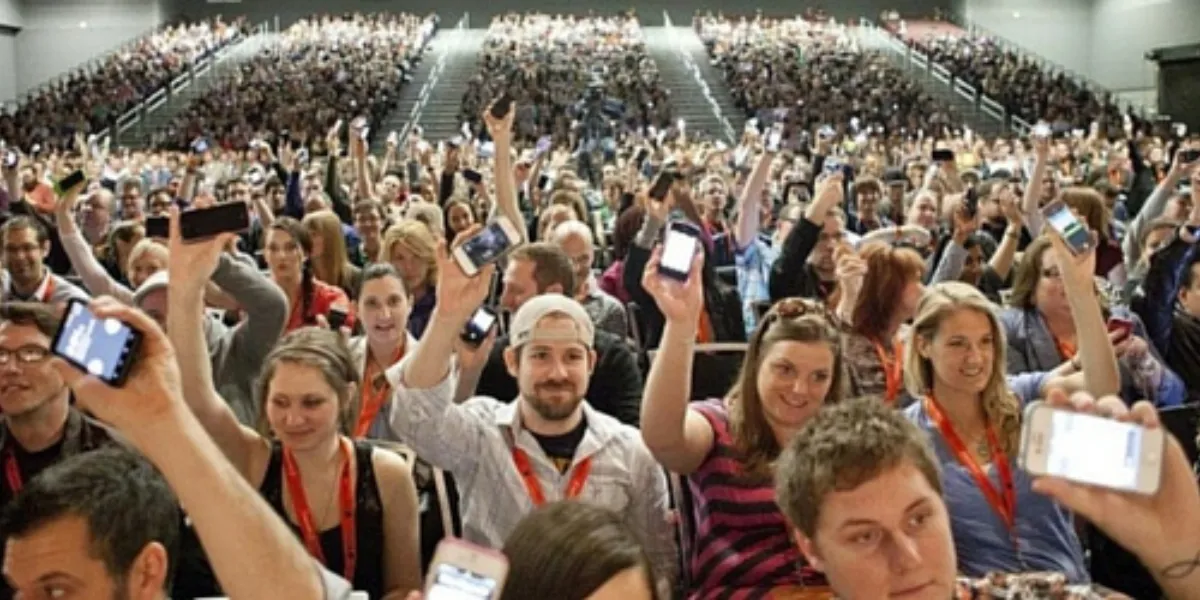
Are you looking for innovative ways to interact with your audience? Live voting, quizzes, surveys, and games offer dynamic elements that capture and maintain attention before, during, and after your event.
In an educational setting, these innovations can greatly enhance the teacher-student relationship. Similar to a virtual classroom or an interactive whiteboard, a teacher can quiz students in real-time, instantly gather responses, and quickly identify areas where students may need additional support.
